Basically, photography is creating a small flat-field image of some scene, and storing it on light-sensitive material. A camera is, in essence, a light-tight box that holds the light-sensitive material and has some way of letting the image in. Sometimes the image-forming element is built in to the camera body, and sometimes it is removable. Almost always, it is a lens that forms the image, but it can also be a reflective telescope system.
A camera has features, but almost all of the quality comes from the lens. You can get a better picture with a great lens and terrible camera than with a great camera and terrible lens. The two basic kinds of camera are analog (film) and digital (semiconductor sensor, usually), along with a camera obscura, which is simply a darkened box or room with a pinhole for imaging.
There are literally thousands of different camera bodies and lenses out there - I will stick to what I've had personal experience with.
I'm a bit of a fan of old technology, and have a Brownie 6x6 cm film camera, and a Voightlander Bessa 6x9 cm film camera. The Brownie is proably circa 1950's and the Bessa is somewhere between 1937-1949. A little more recent is my friend's Pentax 67 (6x7 cm), with interchangable lenses with great quality, from 1970 or so. From 1974 or so is the Pentax SP1000 35 mm, which looks tiny in comparison to the 67!
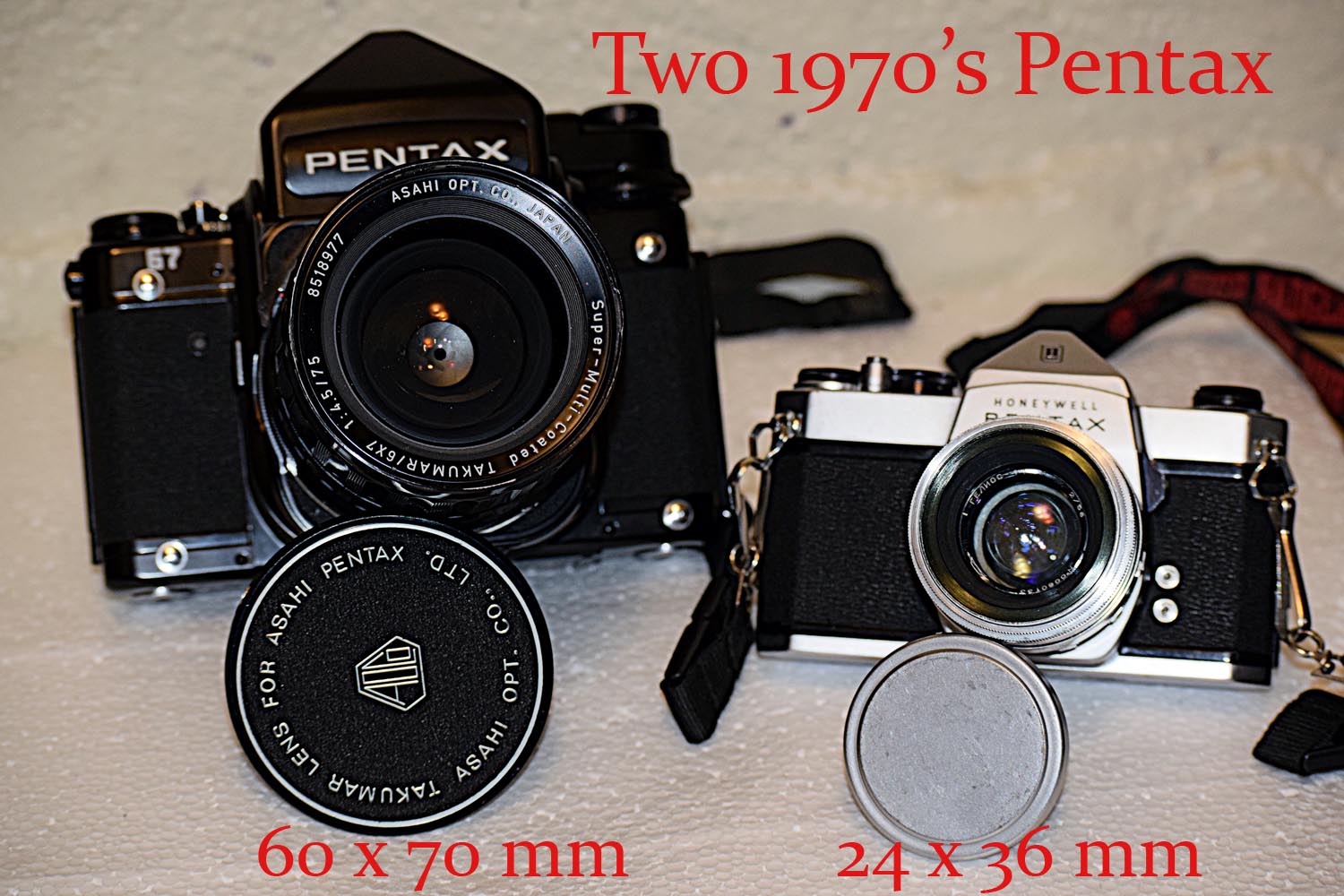
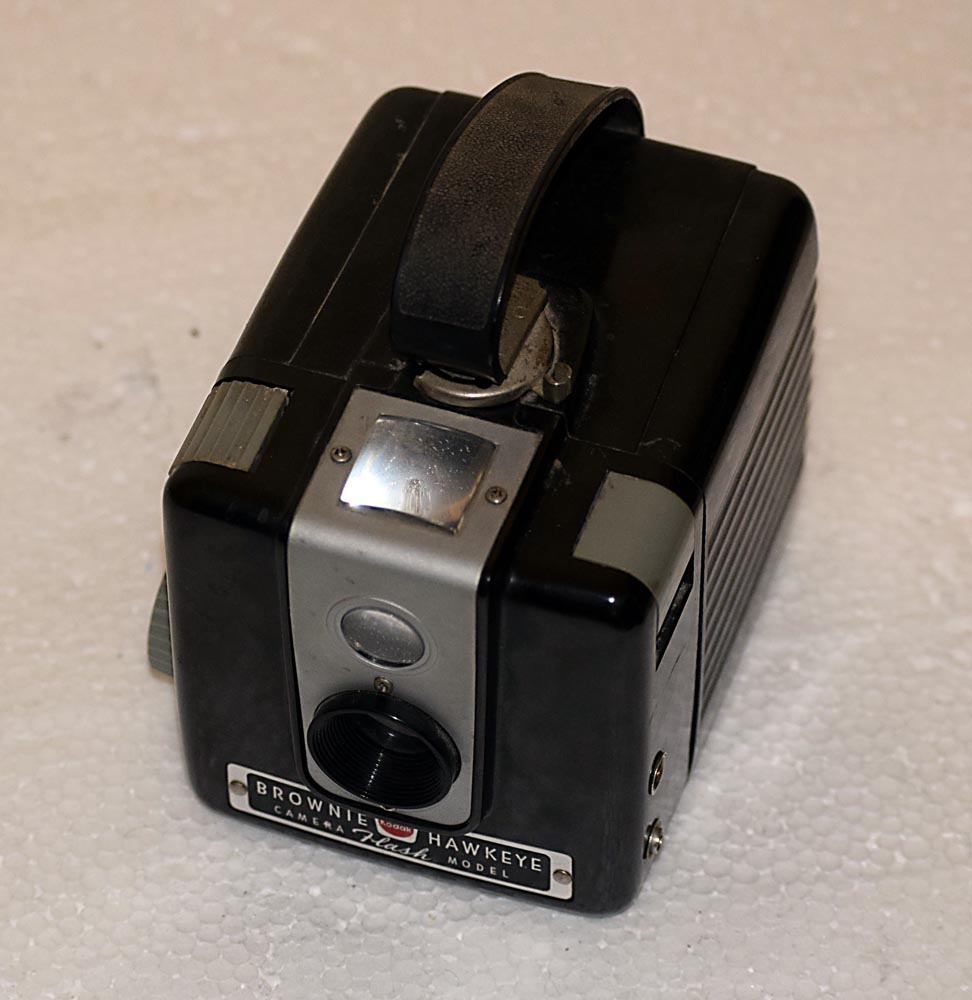
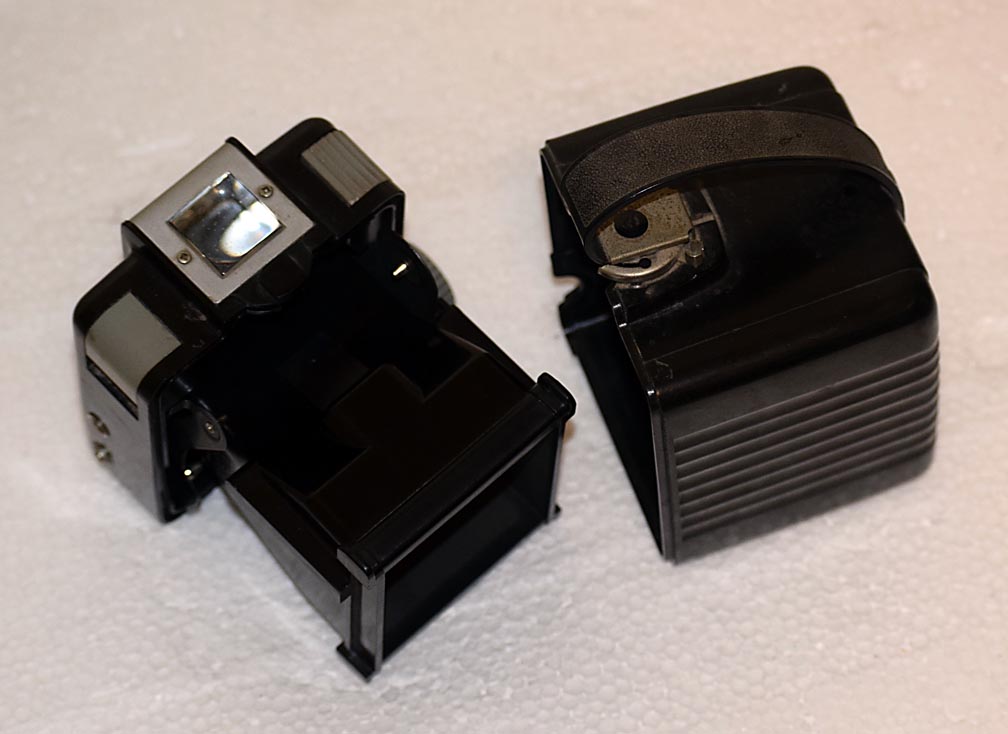
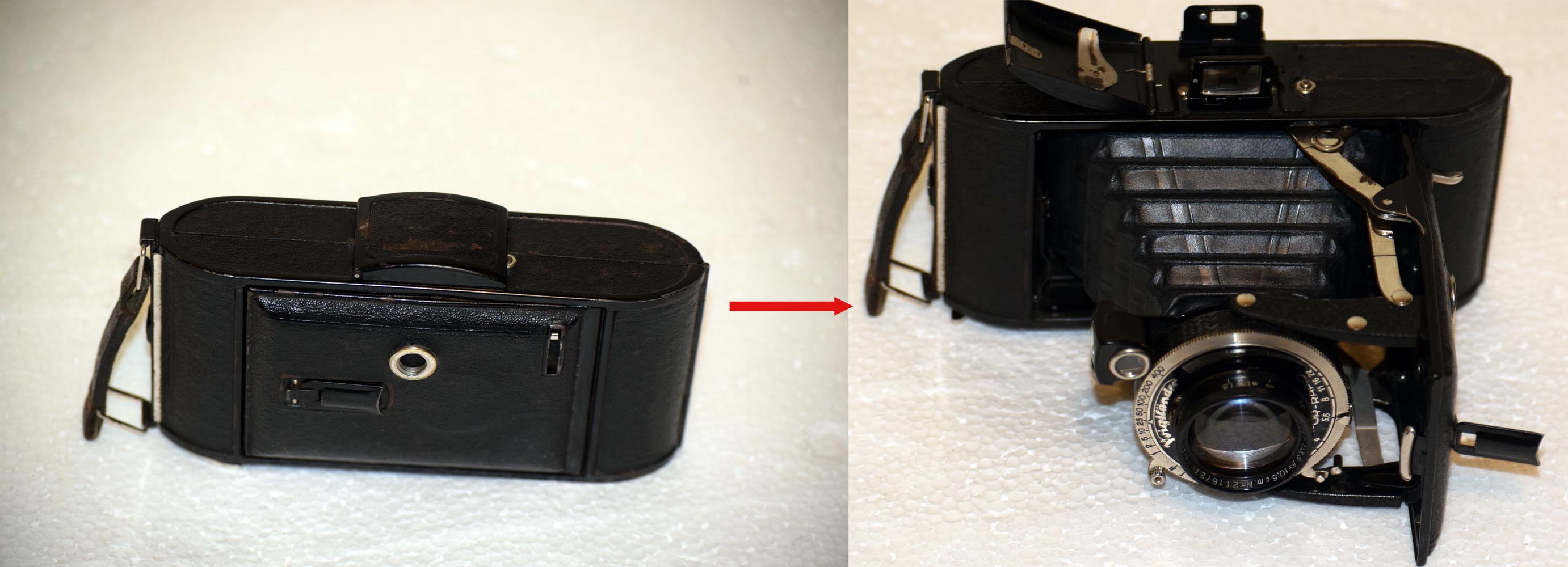
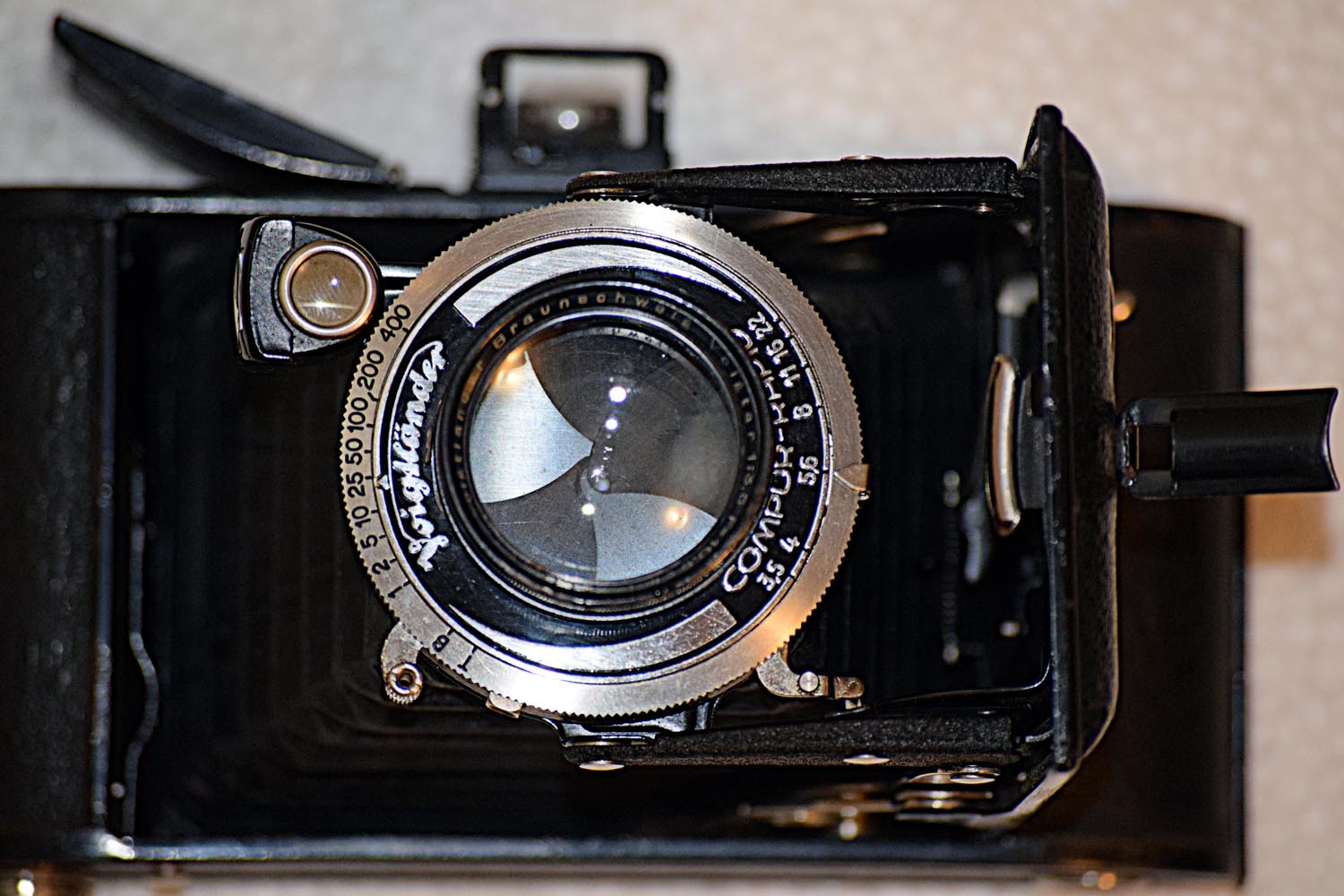
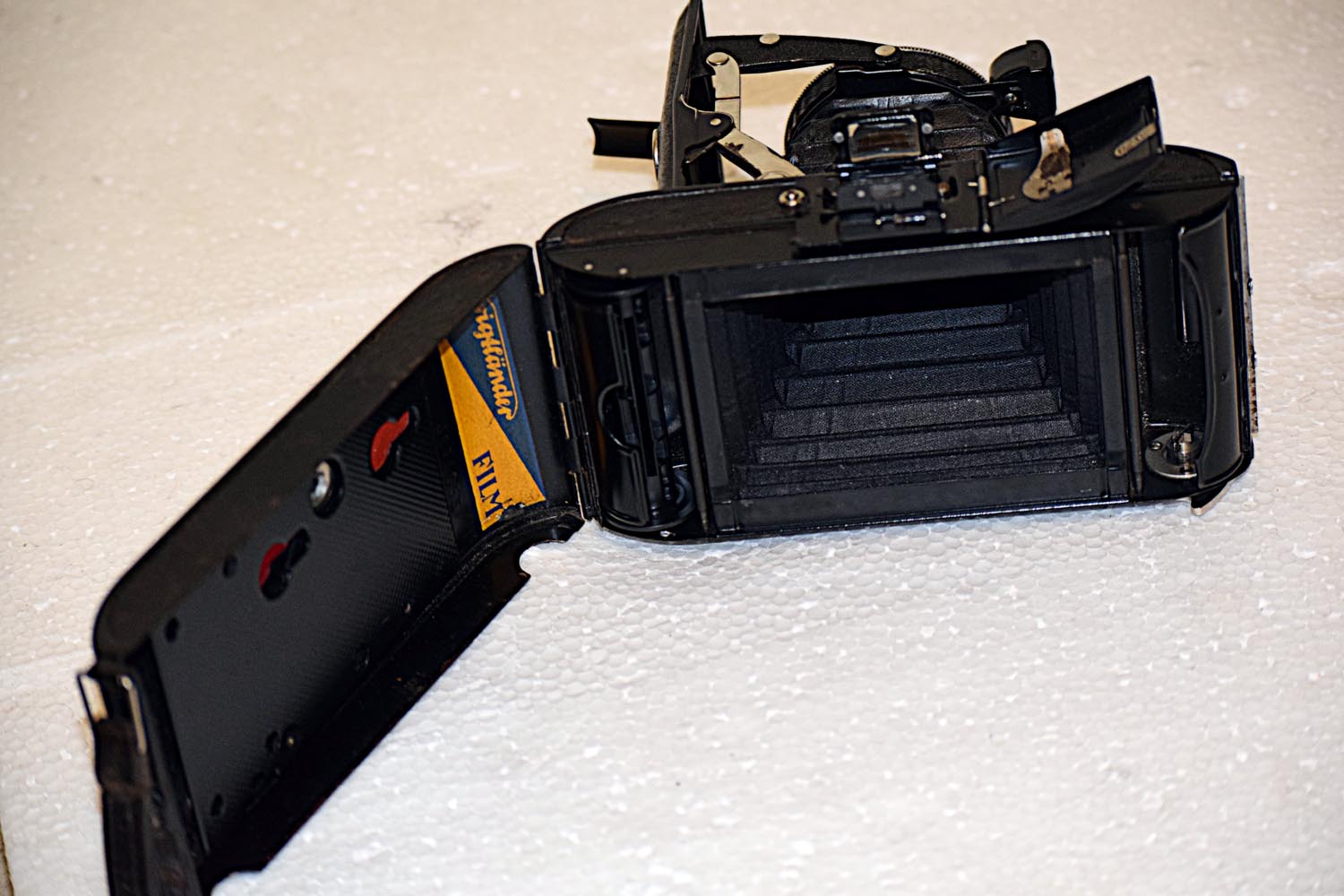
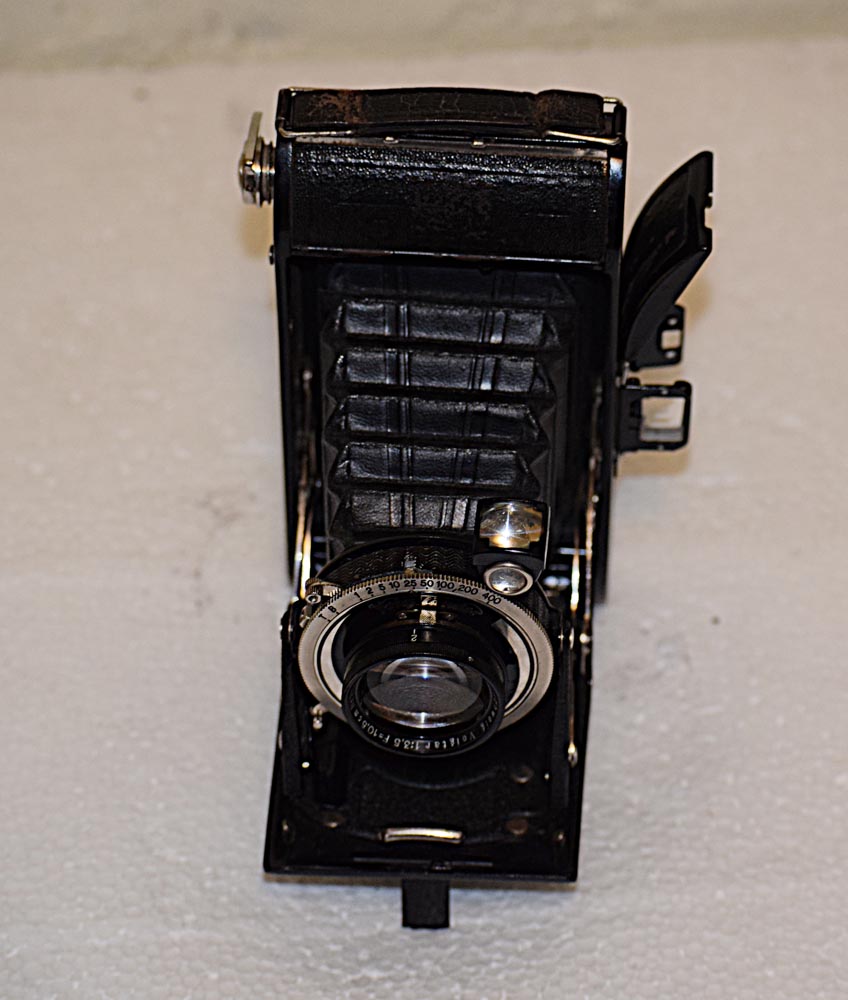
Here is the first print I made (8x10) from the Bessa.
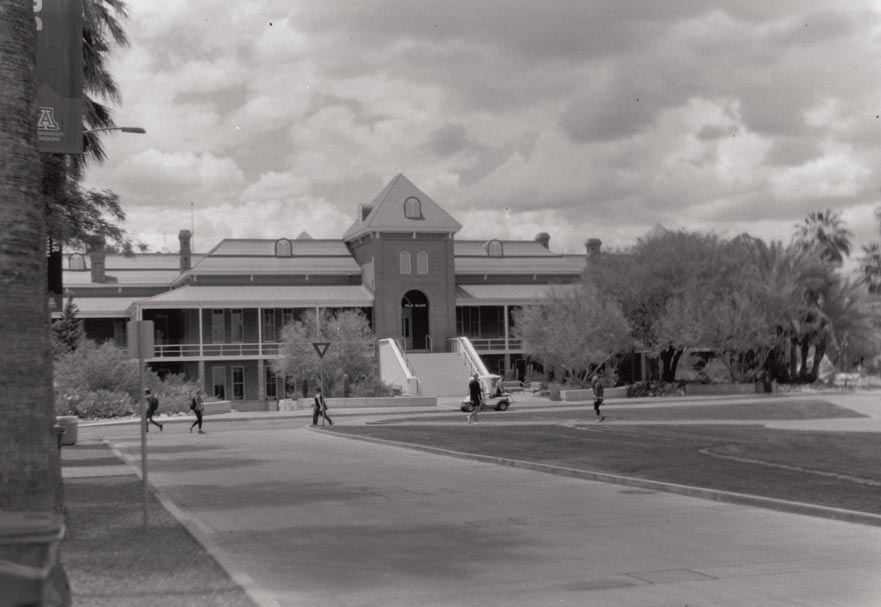
I recently picked up a GOMZ (became LOMO in 1965) Sputnik stereo camera made in Leningrad (St. Petersburg) in the late 1950's. (Sputnik manual).
I also have a couple of digital cameras, a Nikon D3300 DSLR with interchangeable lenses, external flash, HD video, etc., and a GoPro Hero4 Black, which does 4K video. I've got a few C-mount microscope USB cameras from OMAX, as well.
The first thing you will notice when browsing lenses is that there is at least an order of magnitude variation in price, for "seemingly" the same thing. This also applies to microscope objectives, where apochromatic lenses fetch a premium price, for example.
The basic specification of a lens, other than the mounting system (42 mm thread, F-mount, etc.) is the focal length (or range for a zoom lens) and maximum aperture (lowest f/#). Larger focal length lenses "zoom in" more, but often don't focus very close. Larger apertures gather more light, but often with increased spherical aberration. However, if you can get an f/1.4 lens and run it at f/4, it will likely be sharper than a lens which f/4 is the maximum aperture.
When reversing a lens, focused at infinity, and attaching it to a normal lens, also focused at infinity, one gets "extreme macro", with the object plane being a very sharply defined plane (as it is designed for - the image plane in normal use), so the depth of field is tiny. Focus stacking can resolve this issue of a practically non-existant depth of field. In this case, magnification is f1/f2, where f1 is the focal length of the non-reversed lens and f2 is the reversed focal length. For example, a 200 mm lens with a 100 mm reversed lens has an on-sensor magnification of 200 mm/100 mm = 2:1.